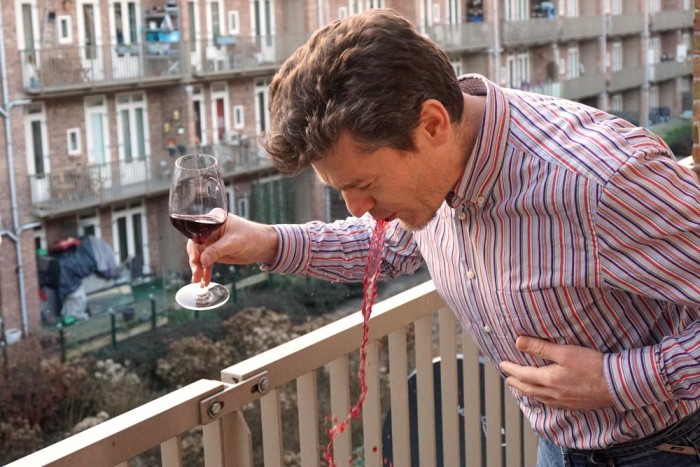I write a lot about natural wines, which leads to two frequent occurrences:
1. People rib and pigeon-hole from time to time. I take it with good grace, occasionally pointing out that my interests and drinking tastes go beyond funky smelling cloudy swamp-juice.
2. A need to defend the positive aspects of the natural wine sector, to those who childishly brand it merely as an excuse for faulty wines.
Importantly, there are good and bad natural winemakers (substitute your own preferred term, eg: “minimal intervention winemakers”, if you’re not down with the n word.), just as there are good and bad “conventional” winemakers. Stating the obvious maybe, but the zealots often tend to forget this.
The bad
Things get troublesome when acolytes start to defend wines and producers just because they are “natural”, forgoing any kind of quality control in favour of idealism. Some of you may be suppressing a yawn and wondering if this article is a throwback to the bad old days of 2009. If only it was, but those “naturalistas” are still out there. Well-meaning and enthused they may be, but in truth they are quite poisonous to the natural “niche” as a whole, because they give the flawed impression that no-one in the sector has any skill or selectivity.
The ugly
I had the misfortune to attend a “natural wine” tasting a couple of weeks ago where almost half the nine wines served (to an interested audience of Dutch wine trade professionals) were close to undrinkable. This is abnormal, especially for a sit-down tasting where someone has presumably selected the wines in advance, with a view to optimising satisfaction and sales.
Three wines were destroyed by a bad case of mousiness – something which is fast becoming the scourge of natural or low/no sulphur winemakers. Excess volatile acidity and unpleasant reductiveness also contributed to the visible gagging of audience members.
Alice Feiring has written about mousiness at length in her excellent subscription-only newsletter “The Feiring Line”. I’ll summarise – it’s a bacterial infection involving lactobacillus, not brettanomyces as was once suspected. It’s killed dead in its tracks by a very modest sprinkle of SO2, thus the prevalence in recent years tends to be isolated to no sulphur wines. The slightly rancid, feral odour only becomes apparent on the finish of a wine, as it needs saliva to make it volatile.

The good
What then are the ground rules for a good natural wine? Here’s my personal hitlist:
1. Balance. I don’t care if there’s a bit of brett, or VA, so long as it works in harmony with the wines’s other characteristics, and doesn’t override them. Fruit is optional – if there’s enough else of interest, it won’t be missed. Mature Rioja is testament to that.
2. Palatability. This is personal to a degree. In my book it excludes wines with bacterial infections, extreme mousiness or brett, where the smell or taste of cowdung/mouse pee/vomit is overwhelming. Cry “umami” all you want. I’ll go down the road for a nice clean lager thanks.
3. Character. If I wanted a squeaky clean supermarket wine with every last bit of interest filtered and fined away, I probably wouldn’t be writing this article.
4. Purity. Trumpable by 1,3 or 5 to an extent, but the joy of a well tended organic or biodynamic vineyard is often the intensity and focus of the fruit. Similarly with a well made low-sulphur wine. These methodologies are supposed to increase definition, not cast a murk over it.
5. Challenge/Adventure. This almost overrides everything else, but point 2 prevails. I love adventure, and I don’t mind a challenge. Tannins in a white wine? Unusual herby or vegetal flavours? Fine if they create harmony and complexity. Even better if they speak of a place, not of a winemaker’s hand.
Luckily events like the tasting mentioned above are getting rarer, but it’s a grim reminder that there are some slack winemakers out there. The natural wine world ought not to tolerate them, but it does. Sometimes the message is more important than the medium – OK in film and politics, not OK in wine.

